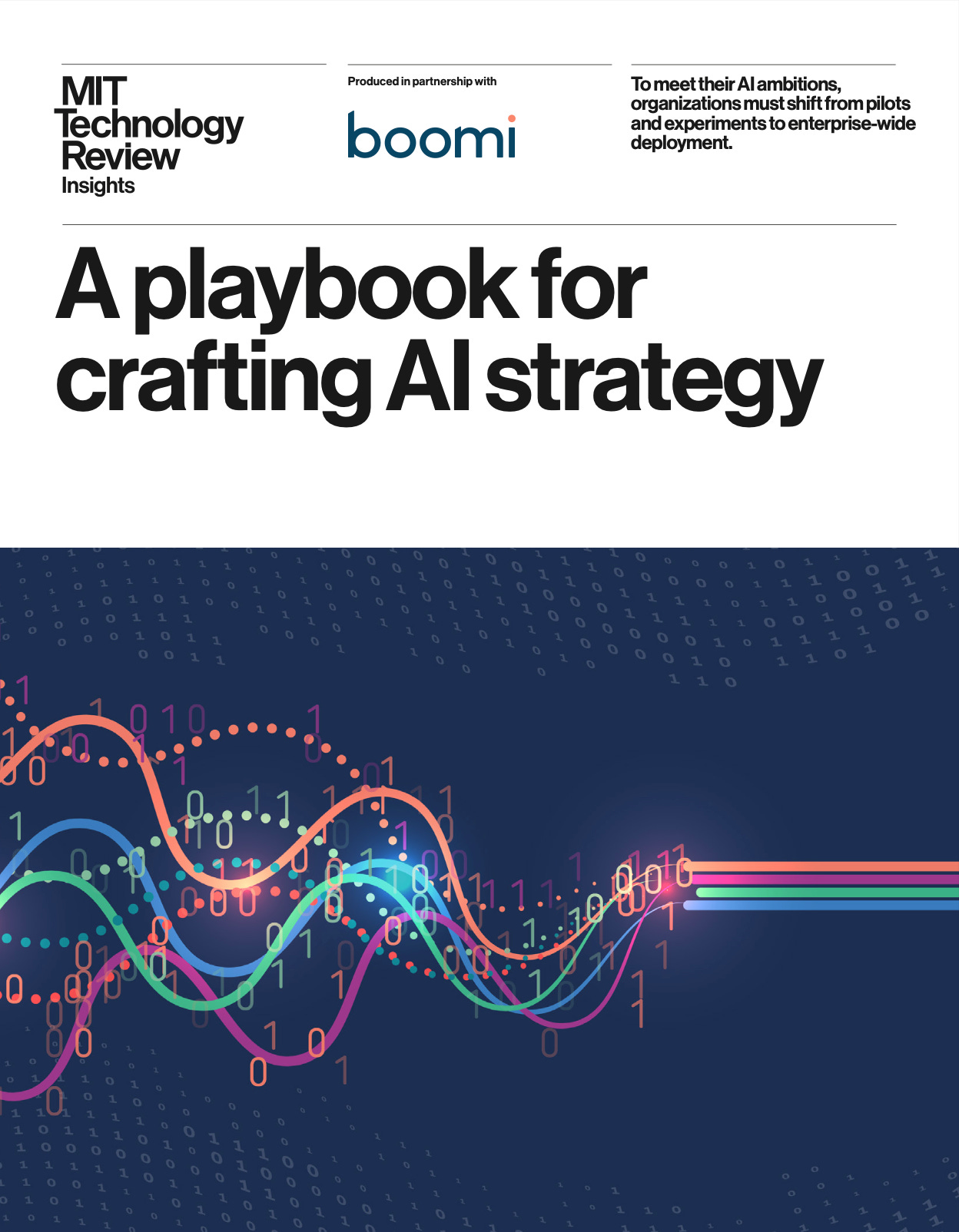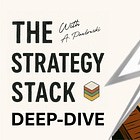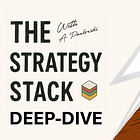From Pilots to Platforms: The New Playbook for AI Strategy in 2025
#100: Why the winners will be those who scale AI with discipline, data, and trust
After years of experimentation, 2025 marks a turning point in enterprise AI. The era of pilots and proofs-of-concept is giving way to the harder, more strategic work of deploying AI at scale. While 95% of large organizations report they are already using AI in some capacity, most are still stuck in narrow use cases. Yet, half of executives expect to integrate AI across all business functions within two years.
The challenge—and opportunity—now lies in building the infrastructure, governance, and business discipline to make AI a true enterprise capability rather than a side project. Here’s what strategy leaders should take into 2025 and beyond.
The State of AI Strategy in 2025
Three realities define the current landscape:
Data, not algorithms, is the bottleneck.
The most cited limiter of AI deployment is data quality (49% of firms, rising to 52% for companies above $10B revenue). Without clean, contextualized, and liquid data, AI models underperform.Caution beats speed.
Nearly every executive surveyed (98%) said they would rather delay AI adoption than rush and risk security, compliance, or brand damage. Regulatory frameworks like the EU AI Act and Biden’s 2023 Executive Order mean trust, explainability, and auditability are not optional—they are competitive necessities.Costs are real, ROI is murky.
GPUs, cloud compute, and skilled AI talent are expensive. ROI isn’t just about productivity savings—it’s about new revenue streams, faster innovation cycles, and better employee experiences. Companies that build AI ROI dashboards—measuring “hard ROI” (time saved, costs reduced) and “soft ROI” (employee experience, innovation potential)—are better placed to defend investments.
Best Practices: How to Scale AI Beyond Pilots
If you’re designing or refining your AI strategy in 2025, consider these five best practices:
Anchor AI to business problems, not hype.
Avoid building tech for tech’s sake. The strongest use cases are industry-specific (e.g., AI for drug discovery, financial compliance, or supply chain optimization) or unique to your company. These create defensible value.
Invest in data liquidity and metadata.
Think beyond centralized “data lakes,” which often become “data swamps.” Instead, prioritize data lineage (knowing where data comes from and how it changes), contextual metadata, and architectures that allow for liquid data flows—getting the right data to the right AI system at the right time.
Design for “multi-AI” environments.
Few organizations will build their own large language models. Instead, they will stitch together ecosystems: proprietary models (e.g., OpenAI), enterprise platforms (e.g., Microsoft, Adobe), and domain-specific vendors. Success depends on managing a portfolio of AI providers with governance and data protection baked in.
Budget for hidden costs.
Infrastructure, cybersecurity, and compliance aren’t add-ons—they are part of the core AI spend. Expect total cost of ownership to include:
GPU and compute usage
Energy consumption
Compliance audits and algorithmic impact assessments
Ongoing workforce upskilling
Build trust through governance and explainability.
AI assurance—bias audits, explainability tools, human-in-the-loop oversight—is quickly moving from “nice-to-have” to “license-to-operate.” Firms that can show regulators, customers, and employees how AI decisions are made will differentiate on trust as a competitive advantage.
AI Agents Are Here — Why the Boardroom Can’t Blink
C-suites now face a stark choice:
Fears: job disruption, security risks, ethical blind spots, unpredictable behaviors like prompt entropy or unstructured data leakage.
Opportunities: faster execution, new business models, hyper-personalized services, and enterprise-grade automation.
The issue isn’t whether to engage with AI agents, but how quickly and under what rules.
🏛️ Leadership Over Tech
The MIT Technology Review Insights x Boomi report is clear: this is less a technical challenge than a leadership mandate. Executives must:
Put transparent guardrails in place ⚙️
Upskill teams 📚
Embed ethics and accountability 🌐
This can’t be handed off to IT.
🔮 Act or Be Acted Upon
History punishes hesitation. Companies that stalled on the internet, mobile, or cloud fell behind. The same fate awaits those dragging their feet on agentic AI.
The Strategic Imperative: Building Trust and ROI in AI
The central strategic insight for 2025 is this: scaling AI is less about building smarter models and more about building smarter organizations.
Companies that win won’t necessarily be the ones with the biggest models or flashiest pilots. They’ll be the ones with the cleanest data, clearest governance, sharpest ROI frameworks, and strongest vendor ecosystems.
Or as Boomi CTO Matt McLarty put it: “The biggest factor holding back AI implementation is people not knowing where to start. People need to understand that you don’t actually have to be an expert on how to create generative AI in order to get value from it.”
For strategy leaders, the mandate is clear: 2025 is not the year to dabble—it’s the year to operationalize.
For more information on crafting AI Strategy, read on here:
Hit subscribe to get it in your inbox. And if this spoke to you:
➡️ Forward this to a strategy peer who’s feeling the same shift. We’re building a smarter, tech-equipped strategy community—one layer at a time.
Let’s stack it up.
A. Pawlowski | The Strategy Stack











